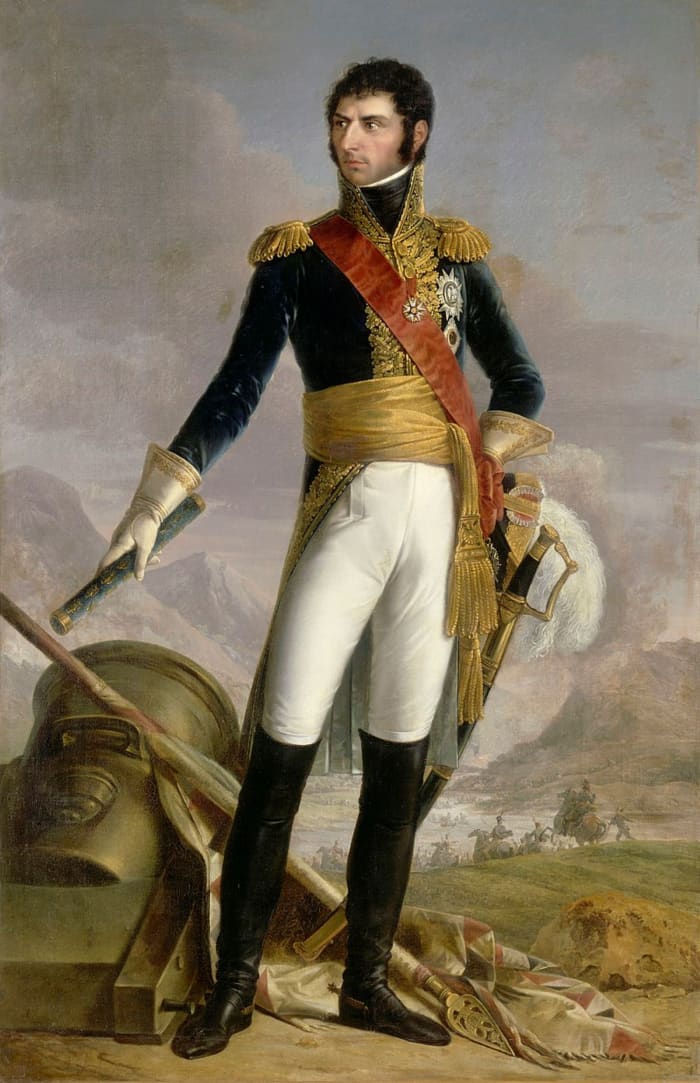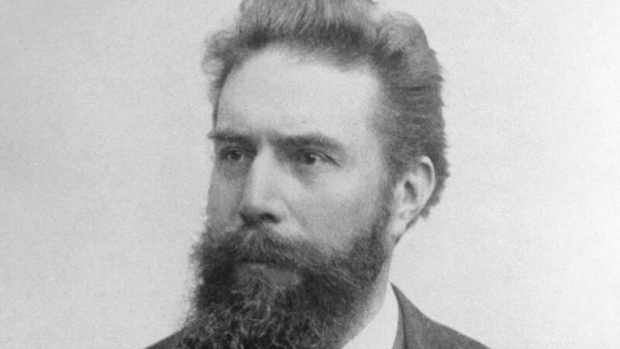Napoleon's Ex, Desiree Clary: Queen Desideria of Sweden and Norway
Desiree Clary: Youngest Child of Francois and Francoise
Bernadine Eugenie Desiree Clary was born on the 8th of November 1777 in Marseille, southern France. She was the youngest of nine children born to wealthy silk merchant Francois Clary and his second wife, Francoise. Francois' first marriage produced four children. She was known as Eugenie within the family, as Desiree to the French and, from 1810, as Desideria to the people of Sweden and Norway.
She received a traditional convent education away from her relations until the French Revolution erupted and all convents were closed. She returned to the Clary home aged eleven years old, and from this time, she was home-schooled. Later commentators referred to her education as "shallow." Mademoiselle Clary was amiable but often unpunctual, a habit that she retained throughout her life.
In 1794 Francois Clary passed away. It was discovered that he had asked to be raised to the nobility prior to the French Revolution. No longer able to punish Francois, the authorities imprisoned Desiree's eldest half-brother and guardian, Etienne Clary. Desiree bravely petitioned notable figures to secure Etienne's release from prison, and during the process, she met Joseph Bonaparte, brother of Napoleon.
Engaged to Joseph and Napoleon Bonaparte and General Duphot
Joseph Bonaparte pursued Desiree, and he proposed to her, but at Napoleon's suggestion, Joseph married her elder sister (Marie) Julie Clary. Napoleon and Desiree were engaged in April 1795, but their marriage never took place because he met Josephine de Beauharnais and discarded Desiree in September 1795. The following year he married Josephine.
Joseph Bonaparte was appointed the French Ambassador to the Papal States in 1797. Julie accompanied her husband to Rome, and they took Desiree with them. They lived at the opulent Palazzo Corsini.
French soldier and poet General Mathurin-Leonard Duphot was on Joseph's staff, and they plotted to incite a republican rebellion in Rome. Desiree was soon engaged to Duphot, who was tempted by her wealth and enviable closeness to the mighty Bonaparte family. He set aside his long-term lover and child to enable a union with Desiree. It's believed that Napoleon engineered the match as a form of compensation to Desiree.
On 30th December 1797, the day before their wedding Duphot was assassinated during an anti-French riot in the city. His death gave Napoleon an excuse to occupy the Papal States, which he renamed the Roman Republic. In her later years, Desiree denied that a relationship and engagement with Duphot ever took place.

Jean Baptiste Jules Bernadotte, Marechal de France (1804). The future King Carl XIV Johan of Sweden and Norway.
Wikipedia Public Domain
Jean Baptiste Jules Bernadotte, Crown Prince of Sweden
Desiree, Julie and Joseph returned to Paris when Napoleon established his Roman Republic. She met the noted French soldier and politician Jean Baptiste Jules Bernadotte, and they married on the 17th August 1798. Their son Joseph Francois Oscar was born on 4th July 1799. Napoleon was his godfather.
In 1804 Napoleon appointed Jean Baptiste one of the eighteen Marechal's de France, and he was sent to govern Hanover, which had recently come into Napoleon's possession. He awarded his former fiancée a grand Parisian townhouse which she retained for her lifetime, and a generous allowance.
Desiree became one of the great hosts of the Paris elite. Jean Baptiste was often absent, so she basked in her popularity and said she only felt at home and accepted in the city. She infrequently visited her husband.
In August 1810, Jean Baptiste was elected the Crown Prince of Sweden and Norway. He settled in Sweden, but it took until December 1810 for Desiree to join him because she dreaded bidding farewell to her beloved Paris.
Desideria, Queen Consort of Sweden and Norway
Crown Princess Desideria (the Swedish form of Desiree) discovered quickly that she detested Sweden. She and reigning Queen Hedwig had a fraught relationship. The queen found the new crown princess's endless complaints tiresome. Desiree abhorred the court formalities, and the Scandinavian weather was too severe for her. Desiree was soon back in Paris "for her health", and in France, she used her subsidiary title Countess of Gotland. Jean Baptiste and Oscar (Oskar in Swedish) remained in Stockholm.
Recommended
She acted as a conduit for news between Napoleon and Jean Baptiste. When Napoleon was exiled, Desiree ingratiated herself with King Louis XVIII of France. Using this friendship, she ensured that her sister Julie, former queen consort of Spain, the Indies and Naples, was not exiled from the country. Joseph fled to America. Julie relocated to Brussels in, Belgium.
On 5th February 1818, Jean Baptiste ascended to the throne as King Carl XIV Johan (Charles XIV John) of Sweden and Norway. He was the first Bernadotte ruler; the dynasty still rules in Sweden today. Desiree was an absent queen consort.

Sweden and Norway's royal family in 1837: King Carl XIV Johan, Queen Desideria, Crown Prince Oskar, Crown Princess Josefina and their children .
Wikipedia Public Domain
Josephine de Beauharnais' Granddaughter
Desiree finally returned to Sweden in 1823 when Crown Prince Oskar, who she had not seen between 1811 and 1822 was due to marry the granddaughter of Alexandre and Josephine de Beauharnais, Napoleon's first wife. Through her grandmother, the bride Princess Josephine of Leuchtenberg could trace her ancestry back to Gustav I of Sweden from the former ruling house of Vasa, so the marriage was seen as a way of solidifying the position of the Bernadotte line in Swedish history.
She took on the Swedish form of her name Josefina, and the couple were married by proxy on 22nd May 1823 and in person in Stockholm on 19th June 1823. Their marriage was generally happy, and it produced five children. Oscar's affairs were tolerated in silence by his wife.
Josefina took some of Josephine de Beauharnais' jewels with her to Sweden in 1823. The pieces, including the cameo tiara, have been worn by several generations of Bernadotte women.

The 2010 wedding of Crown Princess Victoria of Sweden and (Olof) Daniel Westling. The bride wore the cameo crown from the cameo parure owned by Josephine de Beauharnais.
WIkipedia/Holger Motzkau 2010. CC3.0
The Working Queen Consort
Desiree planned to go home to Paris as soon as the wedding festivities were over, but she probably surprised herself by remaining in Sweden, where she undertook the responsibilities of queen consort. She soon tired of the royal treadmill, refused to learn Swedish or Norwegian, and she wasn't keen to embrace her subjects.
On the 21st August 1829, she finally had her Swedish coronation. As a Roman Catholic, she was not given a coronation in Lutheran Norway. However, she was more popular in Norway than in Sweden.
One suggested reason for her reluctance to leave Sweden despite longing for the old days in France was that she was petrified of sea travel. Fear outweighed courage and desire.
The king died in 1844, and Oskar and Josefina took the throne. She became Queen Dowager Desideria, and she spent the rest of her life moving between the Haga, Drottningholm and Stockholm palaces.
She died on 17th December 1860 in Stockholm. She was buried adjacent to her husband in the Bernadotte Chapel in Riddarholm Church, Stockholm.
Through Desiree and Julie Clary, five European royal families have Clary ancestors: Sweden, Norway, Denmark, Belgium and Luxembourg.

Desiree or Queen Desideria of Sweden and Norway on her deathbed December 1860.
Wikipedia Public Domain





